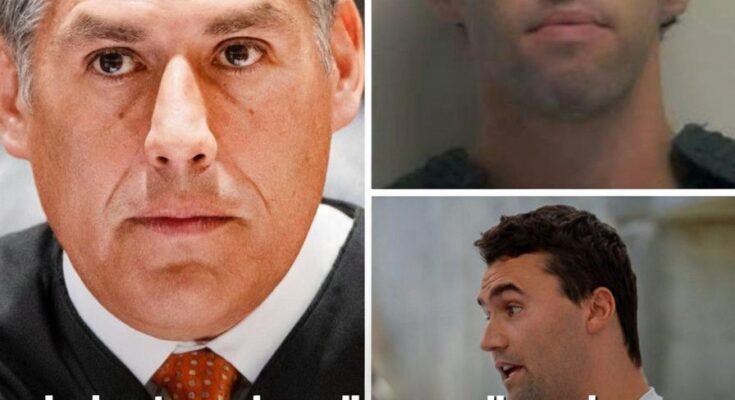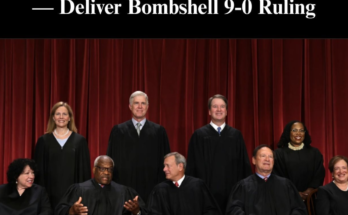Utah Judge to Rule on Whether Accused Charlie Kirk Assassin Tyler Robinson Can Appear Without Jail Uniform
A tense courtroom showdown in Utah has captured national attention as District Judge Tony Graf prepares to issue a key ruling in the high-profile case of Tyler Robinson — the 22-year-old accused of assassinating conservative commentator Charlie Kirk during a public event last month.
Robinson, charged with aggravated murder and several firearm-related offenses, is at the center of a legal battle that has gripped both the political and media worlds. The shooting took place at Utah Valley University during a Turning Point USA event on September 10, 2025. Prosecutors allege Robinson, acting alone, fired a sniper-style shot from a nearby rooftop as Kirk spoke to hundreds of attendees. The single bullet struck Kirk instantly, leading to chaos, evacuation, and nationwide outrage.

Investigators tracked Robinson down two weeks later in Washington County after family members reportedly alerted authorities to suspicious behavior. Evidence presented so far includes DNA matches to the weapon, encrypted messages allegedly discussing “political cleansing,” and surveillance footage placing Robinson near the scene hours before the attack. The case has since evolved into one of the most closely watched federal-state investigations in recent memory.
The latest twist centers on Robinson’s request to appear in civilian clothes rather than prison attire during future court proceedings. His defense team argues that dressing him in jail clothing risks prejudicing potential jurors and amplifying the image of guilt before trial. They contend that in such a politically charged environment — where every courtroom image spreads online within seconds — their client’s right to a fair trial depends heavily on neutral presentation.
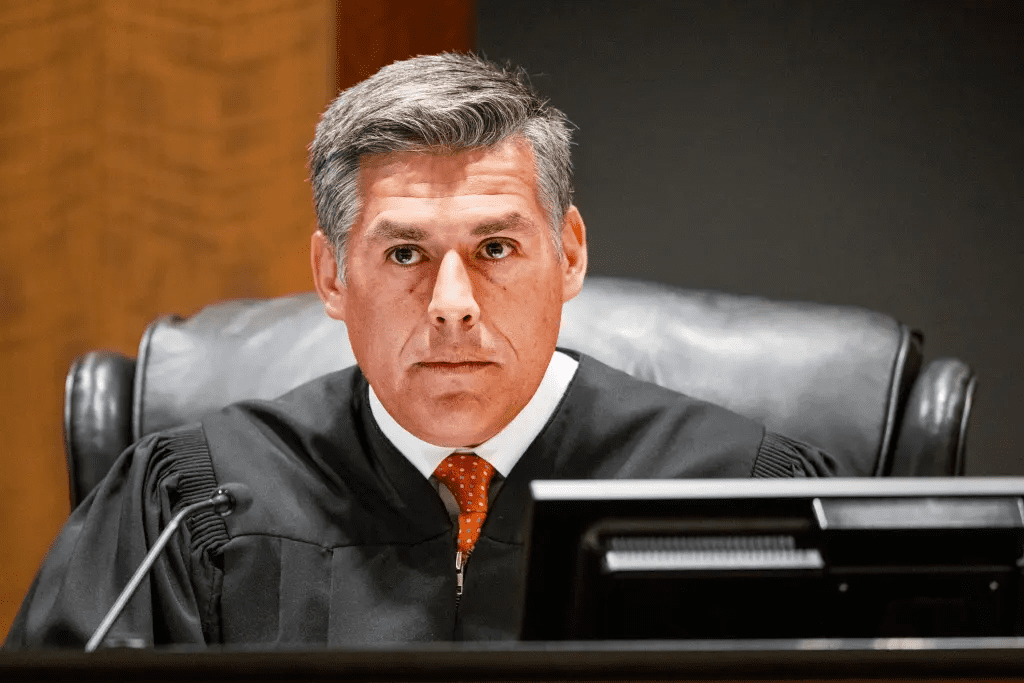
Prosecutors, however, have pushed back strongly. They argue that courtroom security and transparency must take precedence, especially in a case where public interest and potential threats remain extremely high. Sources familiar with the hearing say prosecutors cited both safety concerns and consistency with standard pre-trial protocols. The closed-door hearing on October 24 reportedly grew heated at times as both sides sparred over legal procedure and media access.
Judge Graf is expected to issue his ruling on October 27. While the question may appear minor, the decision carries significant symbolic weight. If the court permits Robinson to appear in civilian clothing, it could mark a shift in how high-risk, politically sensitive trials balance image and impartiality. If denied, Robinson will continue to appear in standard orange jail garb, a visual reminder of the gravity of the charges against him.
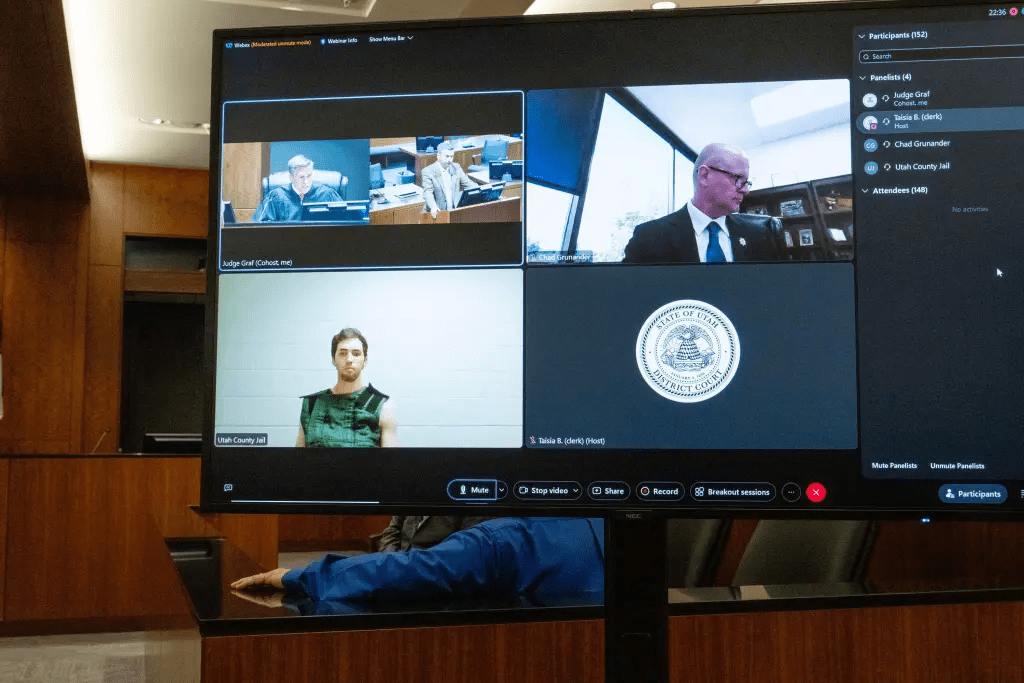
The trial itself remains months away, but the case already raises broader questions about how the justice system handles defendants accused of politically motivated violence. Public opinion is sharply divided — with some viewing the motion as an attempt to humanize a man accused of an unthinkable act, and others seeing it as a distraction from the core facts.
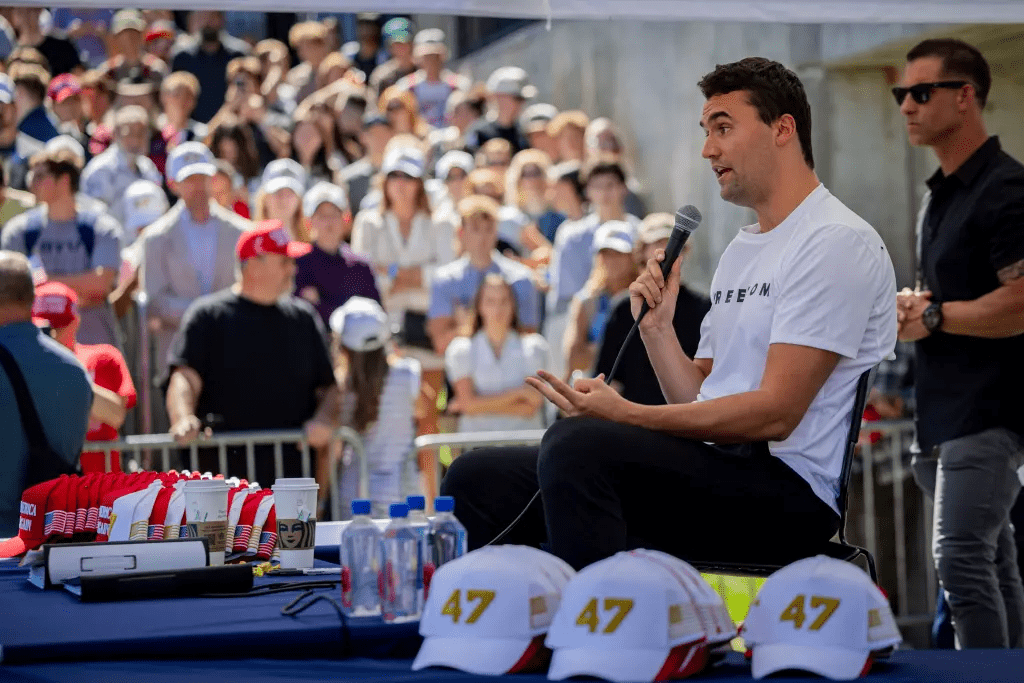
For many observers, the courtroom battle over clothing reflects something much larger: the collision between modern media, politics, and the law. Every photograph, every video clip, and every headline from this case will likely influence public perception long before a jury is seated. Judge Graf’s decision, though procedural, could set a precedent for how defendants in future high-profile political cases are presented before the public eye.
As the clock ticks toward Monday’s ruling, tension builds inside the Utah courthouse. For Tyler Robinson, the stakes couldn’t be higher — his attire might not just shape how he’s seen in court, but how an entire nation perceives the story of a man accused of targeting one of America’s most polarizing political figures.
